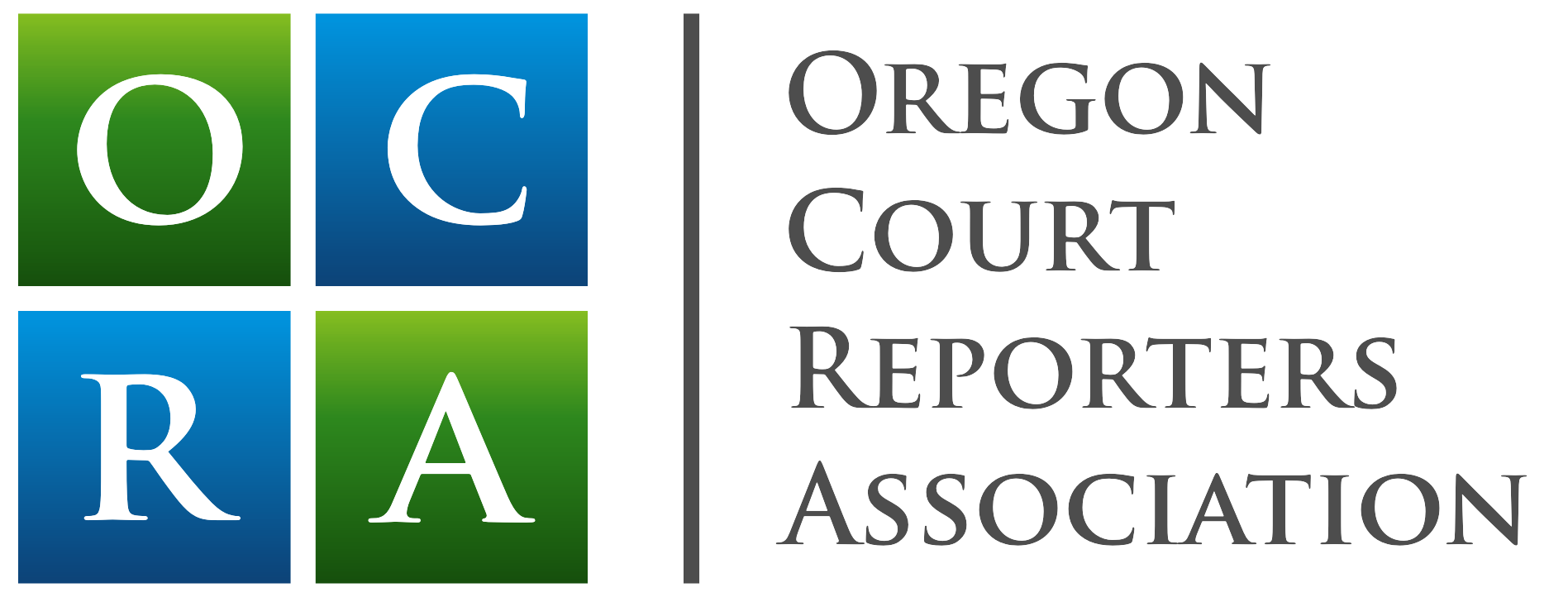What kind of professional stenographer suits your needs?
Stenographic Court Reporter
Definition: Equipment: Steno machine, computer with CAT (computer-aided transcription) software
|
Realtime Reporter
Definition:
Realtime reporters are highly-trained professionals who share a unique ability to convert the spoken word into English text instantly into a feed that can be read, streamed, broadcast, searched, and archived. This specialization includes broadcast captioning and realtime translation services for people who are deaf and hard of hearing, as well as providing near-instant translation in legal and other settings.
Court reporters using their highly-developed skill in stenography can provide a nearly instantaneous feed through a computer translation system to provide a readable and searchable record of ongoing events. Some reporters employ someone to proofread or scope the feed as it happens to provide a live transcript with an even greater degree of readability.
Sometimes, the realtime reporters will also prepare official transcripts of legal proceedings in addition to a realtime feed. While a realtime feed can serve as an on-the-fly tool for the judge or parties to a case to consult and can aid in quicker access to justice, the official record or transcript safeguards the legal process by providing a document to consult when litigants want to exercise their right to appeal. During the discovery phase, attorneys also use realtime transcripts to prepare for trial during depositions for many reasons, including the possibility of lowering costs by allowing some parties to be in different locations but still having access to the record through a realtime feed transmitted by the reporter. While a court reporter providing realtime, which is the only proven method for immediate voice-to-text translation, allows attorneys and judges to have immediate access to the transcript, realtime also provides a way for members of the deaf and hard-of-hearing community to participate in the judicial process.
Equipment: Steno machine, computer with CAT software,
display device (notebook, laptop, iPad, iPhone)
Captioner
Definition:
Broadcast captioners, also called stenocaptioners, use court reporter skills on the stenotype machine to provide captions of live television programs for deaf and hard-of-hearing viewers, through realtime technology that instantly produces readable English text. Captioners work for local stations and for national channels and networks captioning news, emergency broadcasts, sports events and other programming.
The federal Telecommunications Act of 1996 had very specific mandates for closed captioning of local programs around the country. This created an enormous increase in the demand for realtime captioners to cover local news broadcasts around the country, mornings, afternoons, and evenings.
Equipment: Steno machine, Computer with Captioning Software, Video Source (Video Camera, DVD Player, Video Switcher), Captioning Character Generator or Encoder, Television Monitor, Cables.